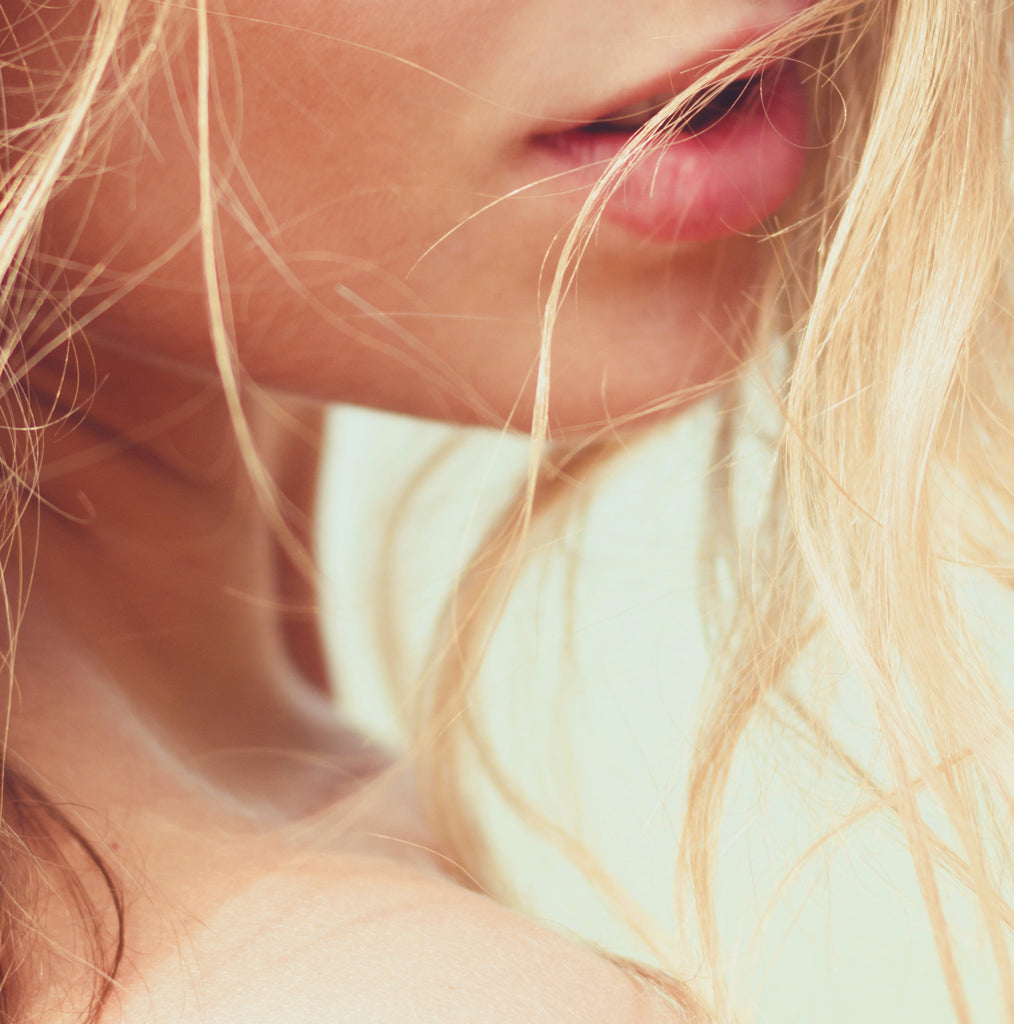One of the only redeeming things about the last months of election madness is the number of awful statements reframed as empowering memes: #Deplorables. #BadHombres.
My favorite, and the meme destined to live in our consciousness long after the death of hashtags, is #NastyWoman. Who can forget this moment in the last Presidential debate when, in the middle of Hillary’s wonky (and admittedly slightly smug) response, Trump slipped the nasty comment under his breath, interrupting her?
I laughed out loud. Whatever your views on her, in that moment, it was clear that Hillary wasn’t being nasty. She was winning.
And so it happened that an insult became a new feminist mantra, one infused with humor and perhaps a little humility. Feminism can have such a hard edge; Nasty makes light of this. It pokes fun at the ruthlessness that powerful people, women and men both, must exhibit to rise to the top.
When I think Nasty, I think of Simone Biles’ floor routine in Rio and her unflappable poise in the wake of racist insults by an Italian competitor. Of Diana Nyad’s record-setting swim, at age 64, from Florida to Cuba. Of Angela Merkel’s deft dealings with Vladimir Putin, who tried to intimidate her with a big dog. Of Misty Copeland’s graceful rise as the first black prima ballerina. Of Kate MacKinnon’s flawless impersonations on SNL.
Nasty stands for a level of excellence that very few people attain.
Nasty stands for insane levels of grit in the face of failures, insults, and threats.
Nasty stands for the dawn of the age of women taking their place as equals in industries long dominated by a single gender.
I’m troubled by the pitting of women against men in this election, of the pernicious idea that it’s “unfeminine” (whatever that means) to be powerful; that joking about sexual assault is okay.
But if there’s one thing that gives me hope, it’s the rise of #NastyWomen claiming their place in the sun.




